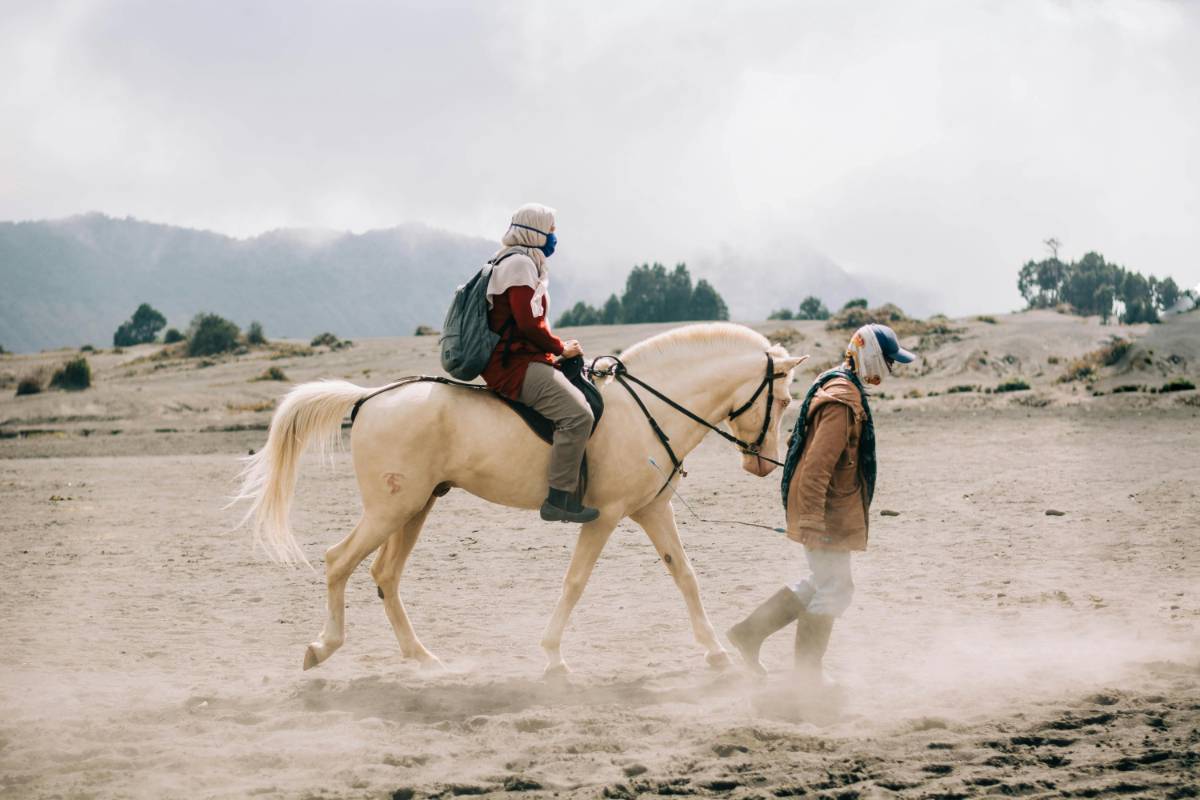
One of the best ways to prepare for your travels is by researching the culture, customs, and traditions of the country you plan to visit. Learning about appropriate behavior, common greetings, and cultural norms can help you avoid unintentionally offending locals.
By Abraham Benjamin · 31 Jul 2025
Traveling to different countries offers exciting opportunities to immerse yourself in new cultures, but it’s essential to be aware of local customs and etiquette to ensure you show respect and avoid misunderstandings. Here’s a guide to cultural etiquette for travelers to help you navigate different cultures around the world.
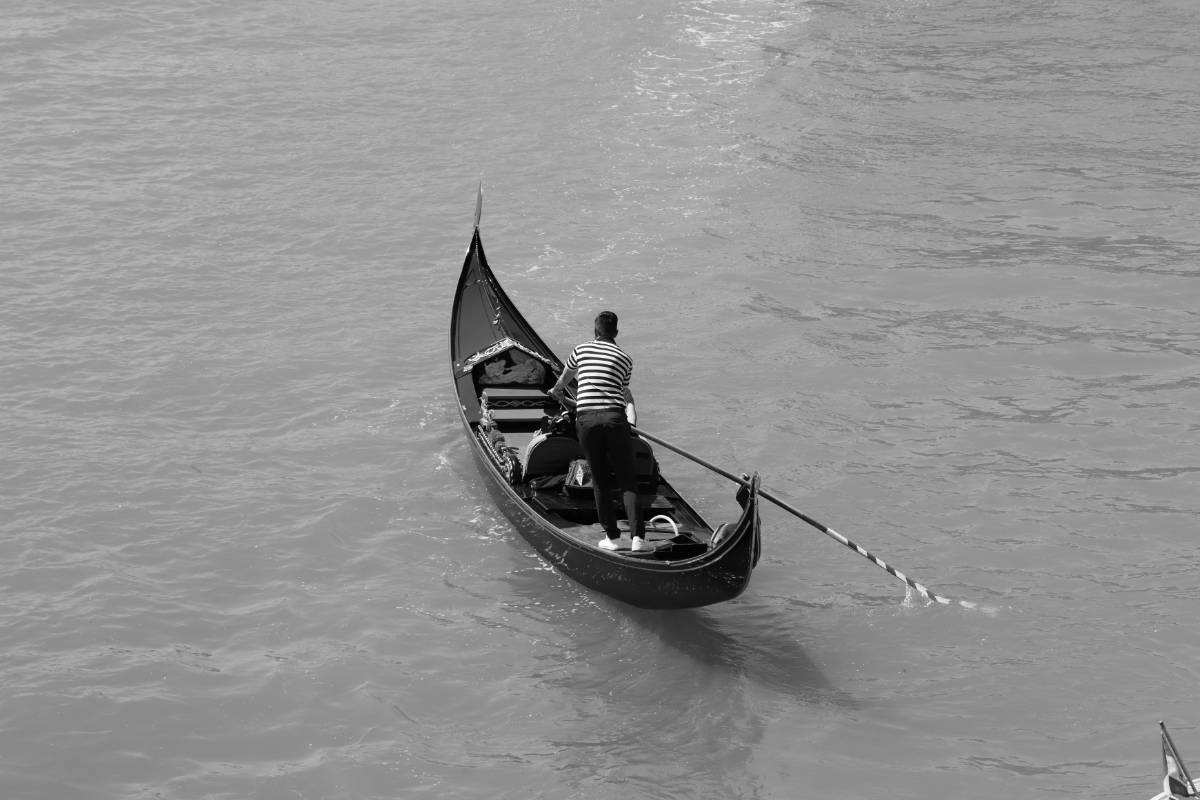 Do Your Research Before You Go
Do Your Research Before You GoOne of the best ways to prepare for your travels is by researching the culture, customs, and traditions of the country you plan to visit. Learning about appropriate behavior, common greetings, and cultural norms can help you avoid unintentionally offending locals.
Check travel websites, blogs, or guidebooks for tips on local etiquette, and consider learning a few key phrases in the local language. This effort shows respect for the culture and can go a long way in making your interactions more positive.
Respect Local Greetings and Social NormsGreetings vary significantly across cultures, so be mindful of how you approach and address people. In some cultures, a firm handshake is common, while in others, a bow or a kiss on the cheek is the proper greeting. Pay attention to how locals greet each other and follow their lead.
When in doubt, a polite "hello" or a respectful nod of the head is usually safe. Also, be mindful of the social norms related to dress codes, especially when visiting religious sites or conservative areas. Always dress modestly when required, and avoid wearing revealing clothes in certain cultures.
Dining etiquette varies widely from country to country, so it’s important to know the basic rules for the region you’re visiting. For example, in some countries, it’s customary to wait for the host to begin eating before you start, while in others, it’s polite to eat as soon as food is served.
In many Asian cultures, it’s important to show respect to your elders by serving them first. In Europe, finishing your plate is often seen as a sign of appreciation, but in some cultures, it’s rude to leave food on your plate. Be sure to observe the local customs at the dining table to avoid awkward moments.
Religious practices and beliefs play a significant role in many cultures, and it's important to be respectful when participating in or observing them. Whether you’re visiting temples, churches, or mosques, always follow the rules and guidelines of the religious site.
In many countries, you’ll be asked to remove your shoes before entering religious sites or someone's home. Be mindful of these customs and ask if you’re unsure of what’s expected. When attending religious services, be respectful of the rituals and the time of prayer—silence your phone and refrain from talking during ceremonies.
Be Mindful of Body LanguageBody language can differ dramatically across cultures, so it’s important to understand how gestures and postures are interpreted in different countries. For example, while a thumbs-up gesture may be seen as positive in many Western countries, it can be considered rude or offensive in certain parts of the Middle East and Asia.
Similarly, eye contact can have different meanings in different cultures. In some places, it’s considered respectful to maintain eye contact, while in others, it may be viewed as aggressive or confrontational. Pay attention to how others around you use body language and adapt accordingly.
Tipping Etiquette Around the WorldTipping customs vary widely across countries, and it’s essential to know when and how much to tip to avoid awkward situations. In some countries, such as the United States, tipping is expected and can make up a significant portion of workers' wages, while in other places, such as Japan, tipping is considered rude and unnecessary.
Before traveling, check the tipping etiquette in your destination. In some countries, tipping may be included in the bill as a service charge, while in others, small tips may be appreciated. Always be mindful of local practices, and when in doubt, it’s often better to tip too little than too much to avoid embarrassing the recipient.
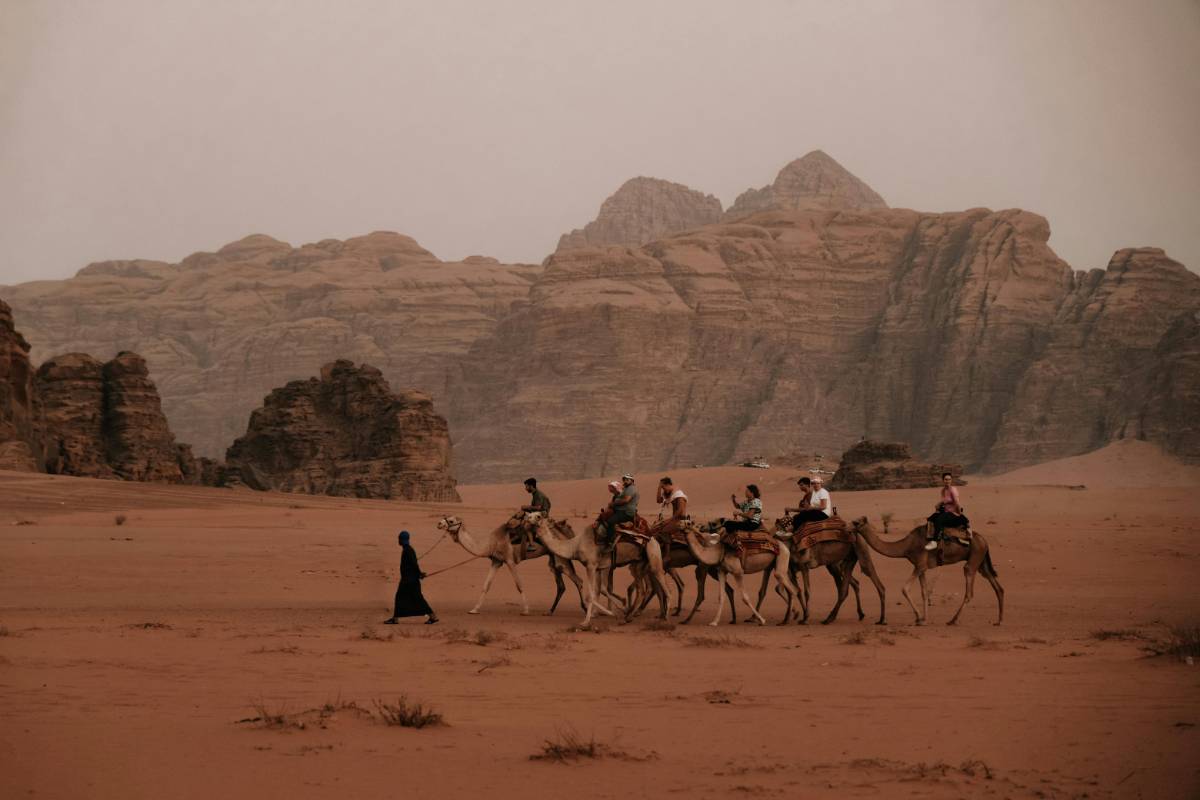 Understanding Personal Space and Behavior
Understanding Personal Space and BehaviorPersonal space can vary depending on the culture. In some countries, it’s common to stand close to others while having a conversation, while in others, maintaining personal space is crucial. Be mindful of the physical distance people prefer in social situations, and try not to invade someone’s personal space without invitation.
Similarly, how you interact with others can reflect your respect for the culture. For example, in many Asian cultures, it’s considered impolite to show anger or raise your voice in public. Maintaining calm and polite behavior, even in challenging situations, is a key aspect of respectful interaction in many countries.
Learn the Local Rules for PhotographyPhotography is a popular way to capture memories of your travels, but it’s important to be aware of local rules regarding photography. In some places, people may feel uncomfortable being photographed, especially in rural areas or when visiting religious or sacred sites.
Always ask for permission before taking someone's photo, and be mindful of whether photography is allowed in certain locations, such as museums or temples. In some countries, it’s forbidden to take photos in government buildings or military areas, so always respect these restrictions.
Use Politeness and Respect in ConversationsWhen engaging in conversation with locals, be mindful of sensitive topics. Politics, religion, and personal finances can be touchy subjects in many cultures. Stick to neutral topics such as food, travel, and local customs unless you’re sure the other person is open to discussing more personal matters.
Always use polite language and tone, and avoid using slang or informal expressions that might be considered disrespectful. In some cultures, formal titles and honorifics are an essential part of communication, so be sure to address people properly.
ConclusionBeing aware of cultural etiquette is an essential part of responsible and respectful travel. By doing your research, understanding local customs, and showing respect for different cultures, you can have a more enriching and enjoyable travel experience. Every country has its own unique ways of doing things, so taking the time to learn and adapt will help you create meaningful connections and leave a positive impression wherever you go.
Subscribe to our newsletter to get our newest articles instantly!

Senior Contributor
Abraham Benjamin is passionate about impactful storytelling. With a unique voice and deep insights, they turn everyday stories into compelling reads that resonate and inform.
Read Full Bio
The double zero (00) is one of the most defining features of American Roulette, instantly setting it apart from its European cousin. While at first glance it might seem like just another pocket on the wheel, its presence significantly influences the odds, the house edge, and ultimately the gaming experience. For players and casinos alike, the double zero is more than just a number—it’s a game-changer. But why does it matter so much? Let’s break it down.***The Origins of the Double ZeroRoulette was first played in France in the 18th century, featuring only a single zero. When the game crossed over to America in the 19th century, gambling houses introduced the double zero (00). This change was not accidental. By adding an extra green pocket, casinos increased their advantage, ensuring higher profits while still offering players an exciting and fair experience. This adaptation gave rise to what we now know as American Roulette, a version that became particularly popular in Las Vegas.***How the Double Zero Changes the OddsIn European Roulette, the wheel has 37 slots (numbers 1–36 and a single 0). American Roulette, on the other hand, has 38 slots (numbers 1–36, 0, and 00). That single extra pocket shifts the probability:- In European Roulette, the house edge is about 2.7%. - In American Roulette, with the double zero, the house edge rises to about 5.26%.This means players face slightly tougher odds when betting in American Roulette. Yet, the excitement generated by this extra layer of chance is exactly what keeps many players coming back.***The Double Zero and House EdgeThe double zero exists primarily to increase profitability for casinos. Each bet placed on the table—from red/black to single numbers—becomes slightly more favorable to the house with the inclusion of the extra green pocket. For example, a straight-up bet on a single number in both versions pays 35 to 1. But in American Roulette, with 38 total slots, the true odds are 37 to 1, giving the house that subtle but significant advantage.***Impact on Betting StrategiesThe double zero also affects how players design their betting strategies. Systems like the Martingale, Fibonacci, or D’Alembert, which rely on probability balancing, are all slightly riskier in American Roulette compared to European versions. Players may win more frequently with outside bets (like red/black), but the presence of two green slots means there is always an increased risk of landing on 0 or 00 and losing the wager. The double zero keeps the game unpredictable, adding to the thrill.***Psychological and Cultural SignificanceBeyond numbers and odds, the double zero has taken on a kind of cultural identity in American casinos. It symbolizes the uniqueness of the American version of roulette, separating it from the European style often associated with Monte Carlo or high-end European casinos. In Las Vegas, the double zero has become part of the visual identity of the roulette wheel, representing both the risk and glamour of casino gaming.***Modern Adaptations of the Double ZeroToday, both physical and digital casinos continue to feature the double zero in American Roulette. Some even experiment with adding a third green pocket (the triple zero, 000) to further boost house edge and novelty. While some purists criticize these variations, they highlight the enduring importance of the double zero in shaping roulette’s identity in the United States.***ConclusionThe double zero matters in American Roulette because it does more than just alter probabilities—it defines the game itself. It increases the house edge, shapes betting strategies, and gives the American version its distinct personality on casino floors. For players, it’s a reminder of the balance between risk and reward; for casinos, it’s a mechanism for profitability. Ultimately, the double zero is what makes American Roulette both challenging and iconic, ensuring its continued place at the heart of Las Vegas gaming culture.
By Stefen · 14 Aug 2025

Traveling with infants and toddlers requires extra preparation, patience, and flexibility. Whether you're embarking on a road trip or flying across the globe, here are some essential tips to make the experience smoother for both you and your little ones.1315a.jpg***Plan AheadBefore you start packing, make sure to research your destination and the available facilities for families with young children. Look for accommodations that are child-friendly and check if there are any local services or activities suited for infants and toddlers.Planning ahead also means considering the length of your trip and how your child will handle travel. If you’re flying, try to book a flight during your child’s nap time or at a time when they’re most likely to sleep.***Pack Plenty of Snacks and DrinksPacking snacks and drinks is essential when traveling with infants and toddlers. Make sure to bring enough snacks for the entire journey, as kids can get hungry between meals. Choose non-messy snacks like crackers, fruit pouches, and granola bars to keep them satisfied.For younger children, bring plenty of formula, breast milk, or bottles of water. Many airports and travel stations offer water fountains, but having your own supply ensures you're prepared if water is unavailable.***Bring EntertainmentLong journeys can quickly become boring for little ones, so it’s important to pack some entertainment to keep them occupied. For toddlers, consider bringing small toys, coloring books, or travel-friendly games. Tablets with preloaded videos or educational apps can be a lifesaver during long flights or car rides.If your child is younger, don’t forget a favorite blanket, stuffed animal, or pacifier to provide comfort during the trip. Familiar items can help ease anxiety and make the journey feel more secure.1315b.jpg***Dress ComfortablyWhen traveling with infants and toddlers, comfort is key. Dress your child in comfortable clothes that are easy to move in and weather-appropriate. Layers are also a good option, as they can help you adjust to temperature changes in different environments.If you're flying, avoid clothes with complicated fasteners that could be difficult to manage during security checks. Also, consider packing a spare set of clothes in case of spills, accidents, or other mishaps.***Take Frequent BreaksIf you’re traveling by car, plan to take frequent breaks during the journey. Babies and toddlers need to move around to stretch their legs and avoid becoming restless. Stop at rest areas to let them play and get some fresh air before continuing your trip.When flying, consider booking longer layovers to give your child a chance to move around and burn off some energy before the next flight. Many airports now have play areas for children, so make use of these spaces if you can.***Prepare for Security and Check-InAirport security and check-in can be daunting when traveling with young children. Be sure to arrive early so you have time to navigate the process without feeling rushed.At security, be prepared to carry your infant or toddler through the scanner. If your child is too young to walk, make sure you have a carrier or stroller for them. Liquids like formula, breast milk, and baby food are allowed, but you may need to present them for inspection.***Bring Baby GearDon’t forget essential baby gear like strollers, car seats, and baby carriers. Many airlines allow you to check these items for free or bring them onboard. Consider renting baby gear at your destination to lighten your load, especially if you’re traveling overseas.Make sure your stroller is lightweight and easy to fold for convenience during security and boarding. A baby carrier or sling is also great for hands-free movement when navigating airports or sightseeing.***Monitor Your Child’s HealthTraveling can disrupt your child’s routine and affect their health. Ensure they’re getting enough rest and staying hydrated throughout the trip. If your child is still breastfeeding or bottle-feeding, try to maintain their usual feeding schedule as much as possible.Bring any necessary medications, such as infant pain relievers or allergy medicine, in your carry-on bag in case of emergencies. It's also a good idea to have a thermometer, baby wipes, and hand sanitizer on hand to keep your little one comfortable and healthy.***Be Patient and FlexibleTraveling with young children can be unpredictable, so it’s essential to stay patient and flexible. Your child may get fussy, tired, or need extra attention during the journey, but try to stay calm and go with the flow.Allow extra time for everything—boarding, security checks, and bathroom breaks. If something doesn’t go as planned, don’t stress. Remember, the journey is part of the experience, and flexibility is key to making it through.***ConclusionTraveling with infants and toddlers may present some challenges, but with a little preparation and patience, it can also be a rewarding experience. By following these tips and being mindful of your child’s needs, you can ensure a smoother and more enjoyable trip for the whole family. So, pack your bags, prepare for the journey, and create lasting memories with your little one.
By Stefen · 09 Aug 2025
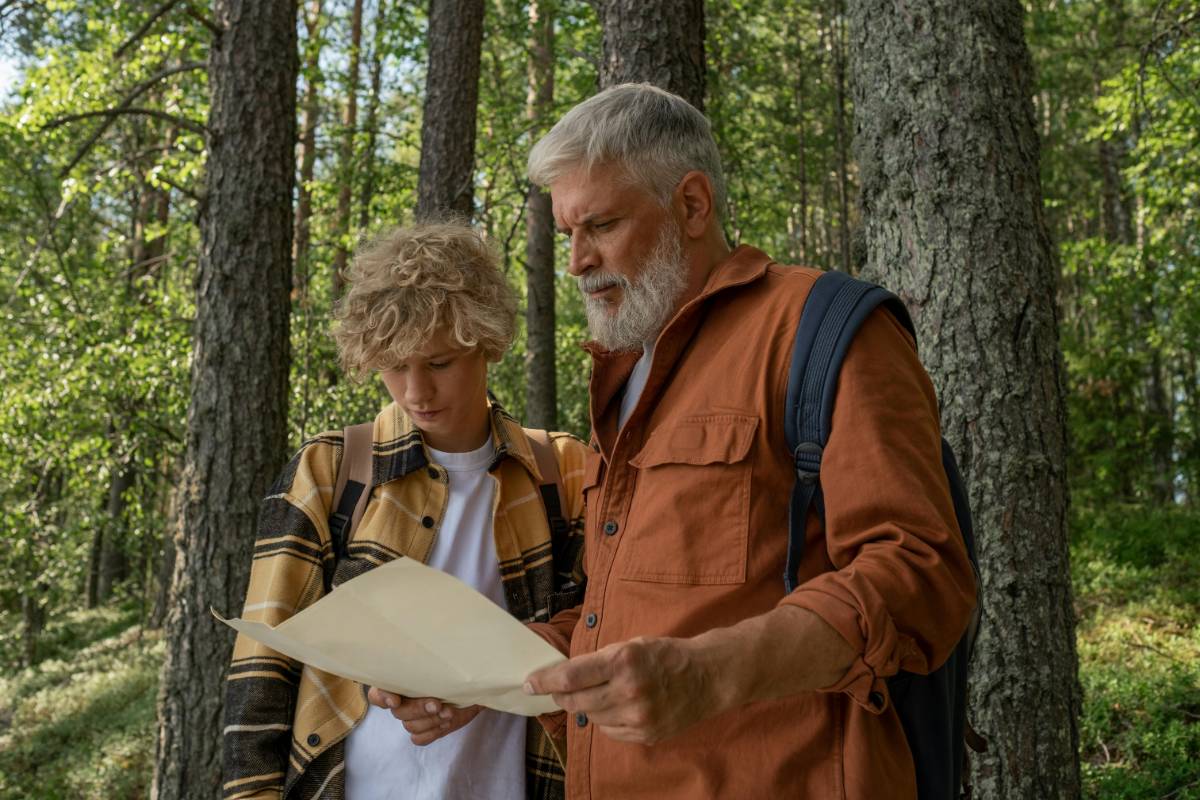
Embarking on a backpacking adventure offers an unparalleled way to explore new places, experience diverse cultures, and connect with nature. For those new to the experience, planning and preparing for a backpacking trip can seem daunting, but with the right strategies and knowledge, you can set yourself up for a safe and memorable journey.1166a.jpg***Choosing the Right Gear: Essentials for Every BackpackerSelecting the appropriate gear is one of the most crucial aspects of preparing for a successful backpacking trip. This includes choosing a reliable backpack that fits well and distributes weight evenly, as well as packing weather-appropriate clothing and durable footwear. Key essentials also include a high-quality sleeping bag, a lightweight tent, and a compact cooking setup if you plan to camp overnight.Additionally, it's important to have a first-aid kit, a multi-tool, and navigation tools such as a map, compass, or GPS. Consider the weight and bulk of each item carefully, as overpacking can lead to physical strain. Opt for multipurpose gear and prioritize lightweight options to keep your load manageable.***Planning Your Route: Understanding Terrain and WeatherPlanning your route in advance is critical for ensuring safety and enjoyment on your backpacking trip. Begin by researching the area you wish to explore, paying close attention to the terrain, elevation changes, and potential hazards. Choose a trail that matches your fitness level and experience, and be prepared for unexpected changes in weather, especially if you’re hiking in mountainous or coastal areas.When planning, consider factors such as the length of the trail, availability of water sources, and designated camping areas. Online trail maps and apps can offer detailed insights into popular backpacking routes, allowing you to gauge the difficulty level and determine if the trail aligns with your comfort zone.1166b.jpg***Packing Light: Streamlining Your Supplies for EfficiencyEfficient packing is an art form in backpacking, and it starts with minimizing non-essential items. Stick to the basics, and aim to carry only what you’ll realistically need. This means packing versatile clothing that can be layered for warmth, and investing in compact, lightweight equipment.Organize your backpack strategically, with frequently used items such as snacks, water, and a map placed in easily accessible compartments. Heavier items should be packed close to your back to maintain stability, while lighter items can be placed further away. This method of packing reduces strain on your body and makes for a more comfortable hiking experience.***Staying Safe on the Trail: Precautions and AwarenessSafety is paramount during any backpacking adventure. Before heading out, ensure you’re familiar with basic survival skills such as fire-building, navigation, and water purification. If you're hiking in bear country, bring bear spray and learn the proper protocols to prevent unwanted wildlife encounters.Always inform someone of your route and expected return time. Carry a whistle and a basic first-aid kit, and know how to respond in case of injury. Staying aware of your surroundings and respecting natural habitats will contribute to a safer and more enjoyable experience.***Navigating Water and Food Supplies: Essentials for Sustained EnergyWater and food are crucial for maintaining energy levels, especially on longer hikes. Plan to carry enough water for each day, and know where you can refill along the trail. In areas with natural water sources, bring a filtration device or purification tablets to ensure you have access to clean drinking water.For food, pack nutrient-dense options like trail mix, dried fruit, jerky, and energy bars. If you're on a multi-day hike, consider easy-to-prepare dehydrated meals. Proper planning of meals and hydration will help sustain your energy and keep you feeling strong throughout your journey.***Practicing Leave No Trace PrinciplesRespect for the environment is a core principle of backpacking. Practicing Leave No Trace principles means minimizing your impact on nature. This includes packing out all trash, staying on designated trails, and camping only in permitted areas. By following these practices, you help preserve natural spaces for future visitors and contribute to a cleaner, healthier environment.***Conclusion: Embracing the Journey and Building ConfidenceBackpacking offers a unique opportunity to challenge yourself, build resilience, and experience the beauty of the outdoors. While it may seem intimidating initially, proper planning, packing, and preparation can turn a first-time backpacking trip into an unforgettable adventure. As you gain experience and confidence on the trail, you’ll discover that the rewards of backpacking far outweigh the initial challenges.,
By Stefen · 03 Aug 2025
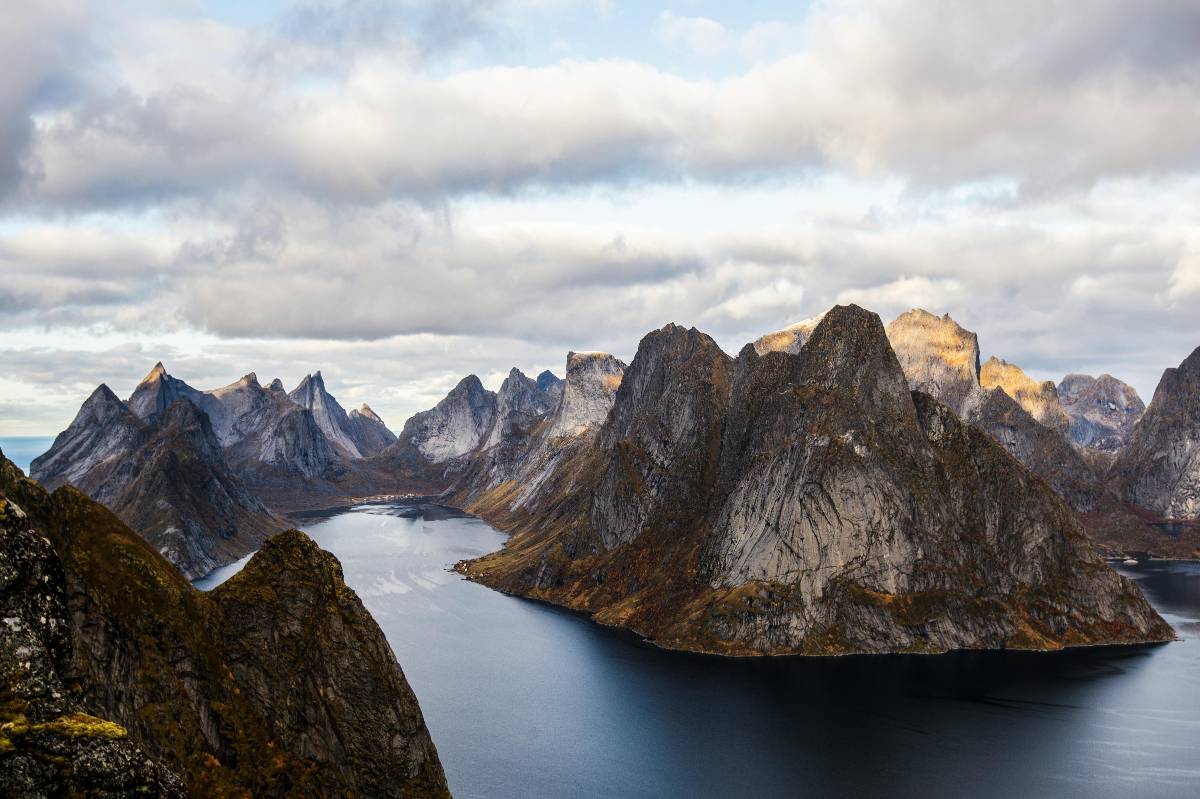
Adventure seekers often yearn for destinations that push them to explore the great outdoors and test their limits. Whether it’s climbing mountains, diving into the ocean, or hiking through untamed forests, the world is full of places that offer thrilling experiences for adrenaline junkies. If you're looking to satisfy your adventurous spirit, here are some must-visit destinations that promise unforgettable adventures.1156a.jpg***Queenstown, New ZealandQueenstown, often referred to as the "adventure capital of the world," is a must-visit destination for any thrill-seeker. Nestled on the shores of Lake Wakatipu and surrounded by the Southern Alps, Queenstown offers a wide range of adrenaline-pumping activities. You can bungee jump off the famous Kawarau Bridge, go skydiving for a bird’s-eye view of the stunning landscape, or take a jet boat ride through the Shotover River’s narrow canyons. Queenstown also offers hiking, skiing, and mountain biking, making it the perfect destination year-round for outdoor enthusiasts.In addition to the adrenaline activities, Queenstown boasts breathtaking views and a vibrant atmosphere. Whether you’re hiking in nearby Fiordland National Park or soaking in the beauty of Milford Sound, there’s no shortage of incredible landscapes to explore.***Costa RicaCosta Rica is a tropical haven for adventure seekers, offering everything from rainforest exploration to volcanic hikes and world-class surfing. With its diverse landscape of lush jungles, volcanoes, beaches, and wildlife, Costa Rica is an ideal destination for thrill-seekers who want to experience the natural world in its purest form.The Arenal Volcano, located in the heart of Costa Rica, offers incredible hiking opportunities with stunning views of the surrounding rainforest. You can also visit the nearby hot springs for relaxation after a long day of exploration. For those looking to test their skills, Costa Rica’s beaches offer excellent surfing conditions, especially on the Pacific coast in spots like Tamarindo and Jaco.If you're more into wildlife adventures, Costa Rica is home to some of the world’s most biodiverse ecosystems, and a visit to the Corcovado National Park or Manuel Antonio National Park will put you in the heart of the action. Ziplining, white-water rafting, and canyoning are also popular activities in Costa Rica, ensuring there's something for every type of adventurer.***Swiss Alps, SwitzerlandThe Swiss Alps are a prime destination for those looking for a combination of stunning natural beauty and high-octane adventure. Whether you’re into skiing, snowboarding, or mountaineering, the Swiss Alps offer world-class experiences for all types of thrill-seekers.For winter sports enthusiasts, regions like Zermatt and St. Moritz are iconic spots, with their legendary slopes attracting skiers and snowboarders from around the globe. But adventure in the Swiss Alps isn't limited to the winter months. In the summer, hiking, rock climbing, and paragliding offer endless possibilities for outdoor fun.The Matterhorn, one of the most famous mountains in the world, draws mountaineers and climbers from every corner of the globe. But if you're not into extreme sports, you can enjoy spectacular views of the Alps from the many scenic trains, cable cars, and hiking trails.***Patagonia, Argentina and ChilePatagonia is a rugged region shared by Argentina and Chile, known for its wild landscapes and challenging terrain. This remote destination is perfect for adventure seekers who love hiking, kayaking, and wildlife watching in some of the most dramatic landscapes in the world.Torres del Paine National Park in Chile is one of the most popular spots in Patagonia, with its towering granite peaks, turquoise lakes, and sprawling glaciers. The W Trek, a multi-day hike, is one of the most famous routes in the park, offering breathtaking views of the landscape. In Argentina, the Los Glaciares National Park is home to the famous Perito Moreno Glacier, where visitors can trek across the ice or take a boat ride to get a closer look at the massive glacier.Patagonia’s remoteness and lack of crowds make it a perfect destination for those looking to immerse themselves in nature and escape the hustle and bustle of modern life.1156b.jpg***IcelandIceland’s dramatic landscapes make it an ideal location for any adventure seeker. Known for its volcanoes, glaciers, geysers, and waterfalls, Iceland offers unique opportunities to explore nature’s raw power. Whether it’s hiking through the Thingvellir National Park, trekking along the Fimmvörðuháls trail, or visiting the Blue Lagoon, Iceland never fails to impress with its beauty.For those who love a good adrenaline rush, Iceland offers thrilling activities such as glacier hiking, ice climbing, and snowmobiling on Vatnajökull, Europe’s largest glacier. In the winter months, Iceland is also one of the best places in the world to witness the Northern Lights, making it a magical experience for any adventurer.Iceland’s natural wonders, combined with the chance to engage in a wide range of thrilling activities, make it a must-visit destination for those seeking an adventure-filled vacation.***NepalNepal is the ultimate destination for trekkers and mountaineers. Home to the highest mountains in the world, including Mount Everest, Nepal attracts adventure seekers from all over the globe. Trekking in the Himalayas offers an unforgettable experience, with the opportunity to explore ancient villages, lush valleys, and stunning mountain vistas.The Everest Base Camp Trek is one of the most popular routes, allowing you to stand at the base of the world’s tallest mountain. For those looking for a challenge, there’s also the Annapurna Circuit Trek, known for its diverse landscapes and incredible views of the surrounding peaks.In addition to trekking, Nepal offers activities like white-water rafting, paragliding, and jungle safaris in Chitwan National Park. Whether you’re scaling mountains or exploring the countryside, Nepal provides a range of adventures for every type of thrill-seeker.***South AfricaSouth Africa is a country that offers a wide variety of adventurous activities. From safari experiences in Kruger National Park to bungee jumping off the Bloukrans Bridge, South Africa is an adventure lover’s paradise. The country’s diverse landscapes, which include mountains, forests, deserts, and beaches, create the perfect backdrop for outdoor enthusiasts.For thrill-seekers, shark cage diving in Cape Town or diving with crocodiles are unique activities that take your adventure to new heights. If you prefer land-based adventures, South Africa offers great hiking opportunities, such as the challenging Table Mountain climb or the scenic Otter Trail along the coast.South Africa also boasts an extensive wildlife safari industry, where visitors can experience the Big Five—lions, leopards, elephants, rhinos, and buffalo—in their natural habitat. Whether you're looking for wildlife encounters or extreme sports, South Africa offers it all.***Final ThoughtsThe world is full of incredible destinations for adventure seekers who crave the thrill of new experiences and challenges. From the icy landscapes of Iceland to the tropical jungles of Costa Rica, there’s no shortage of places where adrenaline junkies can push their limits and explore the wonders of the natural world. Whether you’re into mountaineering, hiking, surfing, or wildlife safaris, these destinations provide the perfect playground for any adventurer looking to embark on an unforgettable journey. Pack your bags, lace up your boots, and get ready to create memories that will last a lifetime.
By Stefen · 24 Jul 2025